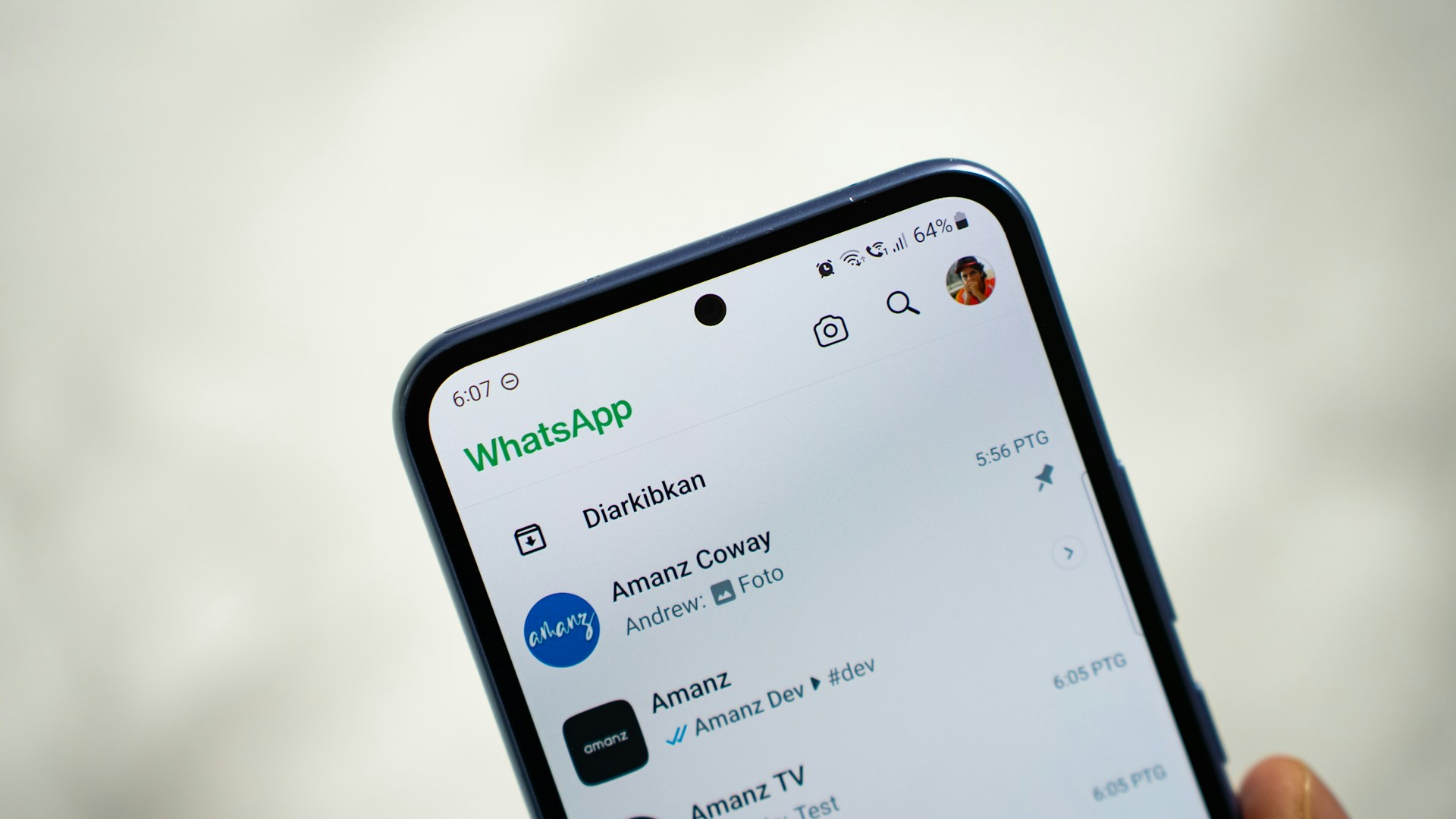Effective communication is vital for any business aiming to establish a strong connection with its audience. One way to achieve this is through a multi-channel approach. A Developer API can play a crucial role by enabling businesses to integrate various communication channels seamlessly. With a single interface, businesses can manage SMS, email, voice calls, and messaging apps, offering a unified and efficient way to reach customers.
Integrating these channels through a Developer API simplifies the management of customer interactions. It eliminates the need to switch between different platforms, thus saving time and reducing the risk of communication errors. By connecting multiple channels, businesses can ensure that their messages are delivered promptly and consistently, enhancing customer satisfaction.
Not to mention, a Developer API allows businesses to collect and analyse data from different channels in one place. This integrated approach provides valuable insights into customer preferences and behaviours. These insights can be used to tailor marketing strategies and improve overall engagement.
Leveraging this technology not only streamlines operations but also enhances the effectiveness of marketing campaigns, making it an invaluable tool for any modern business aiming to stay competitive.
Understanding the Power of Developer API for Multi-Channel Communication
Developer APIs are powerful tools that can transform how businesses manage their communications. By using a single API, you can connect multiple communication channels like SMS, email, voice, and messaging apps. This integration simplifies the management process and ensures that all channels are cohesive and consistent.
One of the main advantages of using a Developer API is the ability to automate communication tasks. For example, you can set up automated workflows to send SMS notifications, follow up with emails, and provide voice call confirmations. This makes your communication more efficient and responsive, improving customer satisfaction without increasing workload.
Additionally, Developer APIs offer robust data collection and analytics capabilities. You can collect data from all your customer interactions in one place by integrating various channels. This data is invaluable for understanding customer behaviour, preferences, and trends, allowing you to effectively tailor your marketing strategies.
Key Benefits of Integrating Multiple Channels via API
1. Unified Customer Experience
Integrating multiple communication channels via a Developer API ensures a seamless customer experience. When customers interact with your brand across different platforms, they receive consistent messages and support. For instance, if a customer starts a conversation through SMS and then switches to email, the transition should be smooth and the context preserved. This consistency builds trust and enhances the overall quality of customer interactions.
2. Increased Efficiency and Productivity
Managing various communication channels separately can be time-consuming and prone to errors. A Developer API streamlines the process by allowing you to control all channels from one interface. This centralisation saves time and reduces the complexity of managing multi-channel communication. Automated workflows and responses further increase efficiency, enabling your team to focus on more critical tasks.
3. Enhanced Data Insights
Integrating multiple channels via an API allows for comprehensive data collection and analysis. When all customer interactions are gathered in a single database, it becomes easier to track and analyse customer behaviours and preferences. This data can help improve your marketing campaigns and customer support services. Detailed analytics enable you to make data-driven decisions, optimising your communication strategies for better engagement and conversions.
4. Cost-Effective Scaling
Using a Developer API to integrate multiple channels can be more cost-effective than managing them individually. APIs often come with scalable pricing models, allowing you to expand or reduce usage based on your needs. This flexibility helps manage costs efficiently, particularly for growing businesses that need to scale their communication capabilities without incurring significant expenses.
Setting Up Your API Environment
The first step in connecting channels through a Developer API is to set up your API environment. This involves registering for an API key and configuring your development environment to authenticate requests.
Make sure you have access to comprehensive documentation and support for the API you’re using. Most services provide sample codes and libraries in various programming languages to help you get started quickly.
1. Register for an API Key: Visit the Developer Portal of the API provider to sign up and obtain an API key.
2. Set Up Authentication: Configure your environment with the API key to authenticate your requests.
3. Access Documentation: Refer to the API documentation for detailed instructions and code samples.
Connecting Communication Channels
Once your environment is set up, you can start connecting various communication channels. Each channel may have specific integration steps, so it’s important to follow the guidelines provided in the API documentation.
1. Connect SMS: Use the API to send and receive SMS messages. Configure settings for bulk messaging and delivery reports.
2. Integrate Email: Set up email sending capabilities through SMTP or HTTP API. Ensure that your emails are formatted correctly and comply with spam regulations.
3. Enable Voice Calls: Use the Voice API to initiate and manage voice calls. Set up call routing and automated responses as needed.
4. Add Messaging Apps: Integrate platforms like WhatsApp, Messenger, and Webchat. Configure the API to manage incoming and outgoing messages across these channels.
Testing and Deployment
After connecting the channels, thoroughly test each integration to ensure everything works smoothly. Use sandbox environments if available to conduct tests without affecting live data. Once satisfied with the testing, deploy the API connections to your production environment.
1. Conduct Unit Testing: Test each channel integration individually to identify any issues.
2. Perform End-to-End Testing: Simulate customer interactions across multiple channels to ensure seamless communication.
3. Deploy to Production: Move your tested configurations to the live environment and monitor performance.
Best Practices for Optimising Multi-Channel Engagement
1. Use Consistent Branding
Maintaining consistent branding across all communication channels is essential for a unified customer experience. Ensure that your messaging, tone, and visual elements align with your brand identity, whether you’re sending an SMS, email, or engaging through a messaging app. Consistency helps build brand recognition and trust.
2. Utilise Data Segmentation
Data segmentation is a powerful technique for optimising multi-channel engagement. By segmenting your customer base into different groups based on various criteria such as behaviour, preferences, or demographics, you can target your communications more effectively. This ensures that your messages are relevant and resonate with each specific audience segment.
3. Monitor and Analyse Performance
Regularly monitoring and analysing the performance of your communication channels is crucial for continuous improvement. Use the analytics tools provided by your API and other platforms to track key metrics such as engagement rates, response times, and conversion rates. Analyse this data to identify areas for improvement and inform your communication strategies.
- Track Key Metrics: Monitor engagement rates, response times, and conversion rates for each channel.
- Identify Trends: Look for patterns in the data to understand what works best for your audience.
- Make Data-Driven Decisions: Use insights from your analysis to refine and enhance your communication strategies.
4. Leverage Automation
Automation can significantly improve the efficiency and effectiveness of your multi-channel communication. Use automated workflows to trigger messages based on customer actions or predefined criteria. This ensures timely and relevant communication, enhances customer experience, and reduces manual workload.
- Set Up Automated Workflows: Trigger messages based on customer actions or criteria.
- Personalise Automated Messages: Use data segmentation to personalise automated communications.
- Monitor Automation Performance: Regularly review and adjust automated workflows for optimal performance.
API Integration: Connect to Multiple Channels
Integrating multiple communication channels through a Developer API is a powerful strategy for enhancing customer engagement. It provides a unified experience, increases operational efficiency, and offers valuable data insights. By following best practices and leveraging the capabilities of a robust API, businesses can optimise their communication and achieve better results.
Integrating through a Developer API offers an efficient and scalable solution for businesses looking to streamline their multi-channel communication and maximise customer engagement. Ensure consistent branding, utilise data segmentation, monitor performance, and leverage automation to create a seamless and effective communication strategy.
Ready to enhance your customer engagement strategies? Explore our comprehensive multi-channel SMS marketing API solutions at Text Global Ltd. and see how we can help you streamline your communications.




